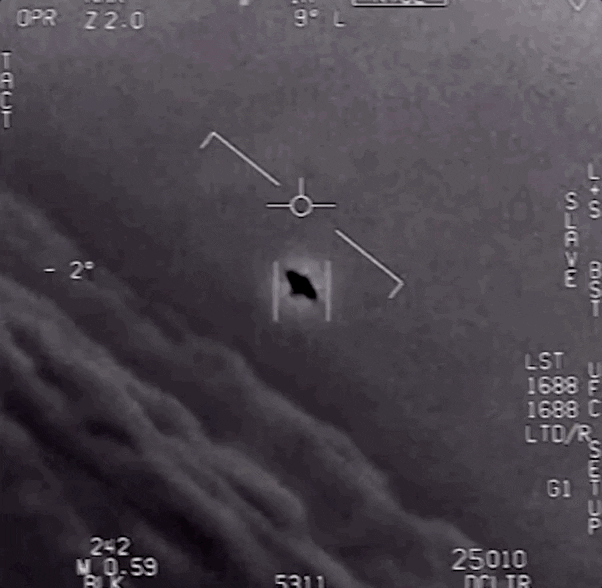We've seen our fair share of underwater drones before, but drones that are equally nimble in the air and beneath the water's surface are much more rare.
Enter Loon Copter: A drone that can fly, operate on the surface of water, or dive deep.
A project from Oakland University's Embedded Systems Research, the Loon Copter operates pretty similarly to other flying drones when airborne. When it lands on water, its buoyancy chamber keeps it floating on the surface, but the drone can also fill the chamber up, making it sink beneath the surface, where it tilts 90 degrees and uses its rotors to move around.
The drone can resurface by ejecting the ballast water, letting it go airborne once again and take off rom the water's surface.
The first prototype of the Loon Copter was tested in early 2015; a newer iteration is a semifinalist in the UAE Drones for Good Award, a competition whose finals are held in Dubai in early February.
Possible uses for such a versatile drone are many, including reconnaissance as well as search and rescue missions. Its advantages over traditional vehicles are many; for example, it's faster than a submarine and it can easily hover over an area of interest.
There's also room for improvement. The Oakland University team says priorities include extending wireless range underwater, underwater navigation and hull redesign for more efficient diving.
IN BRIEF
The Loon Copter is not just any flying drone. It can sink, dive underwater, and then resurface to fly again.
Flying drones are becoming increasingly popular nowadays, but now a new type of drone takes flying to a higher level. The Loon Copter boasts the ability to fly and dive underwater.
This drone is a project of the Oakland University’s Embedded Systems Research. As a flying drone, it is pretty similar to the other drones that we have seen in the air. However, the difference comes when it lands on water.
It has a buoyancy chamber that keeps it afloat on the water. To make it dive underwater, this chamber is filled up with water until it sinks, tilts 90 degrees, and then uses its rotors to move around. To resurface, it ejects the water, allowing it to go airborne once again and take off from directly from the water’s surface.
DRONES OF THE FUTURE
The first prototype of the Loon Copter was tested in early 2015; a newer iteration is a semifinalist in the UAE Drones for Good Award, a competition whose finals are held in Dubai in early February.
Drones are expected to be used for search and rescue missions. This tech could one day be used by lifeguards to help monitor swimmers and even deliver flotation devices when necessary.
However, the Oakland University team states that they are still in the earlier stages of research and development. To that end, they note that there is till plenty of room for improvement.
Their priorities include extending wireless range underwater, improving underwater navigation, and working on hull redesign for more efficient diving.
You can see it in action in the video below:























